For decades, the US whiskey landscape has been dominated by bourbon. Though it wasn’t technically the first, the corn-based, often caramel-sweet whiskey with its origins in Kentucky is often thought of as “America’s spirit.” It’s well suited for drinking on its own or as the base to some of the most well-known cocktails of all time, including the spring favorite mint julep.
But while we enjoy mixing with bourbon, this spring we’re looking for something with… a little more bite. And for that, we look to bourbon’s rebel cousin — rye whiskey.
To be considered a rye whiskey in the US, a spirit’s mash bill must be made up of a minimum of 51 percent rye grain (corn, wheat, or barley typically make up the rest). It can be distilled to no higher than 160 proof and must be aged in virgin, charred American oak casks (similar to bourbon). But whereas corn gives bourbon notes of syrup, honey, or caramel, rye offers a spicy, fresh-cracked black pepper punch.
It’s that classic “rye bite” that makes the whiskey so well-suited to mixing into cocktails. It has what bartenders would call, backbone — meaning it can be tasted, even when blended with syrups, bitters, and citrus (all of which have strong flavors of their own).
If you want to add some sting to your spring, try mixing a Manhattan, Sazerac, whiskey smash, or “forbidden sour” with one of the ten rye whiskeys listed below.
Redemption Rye
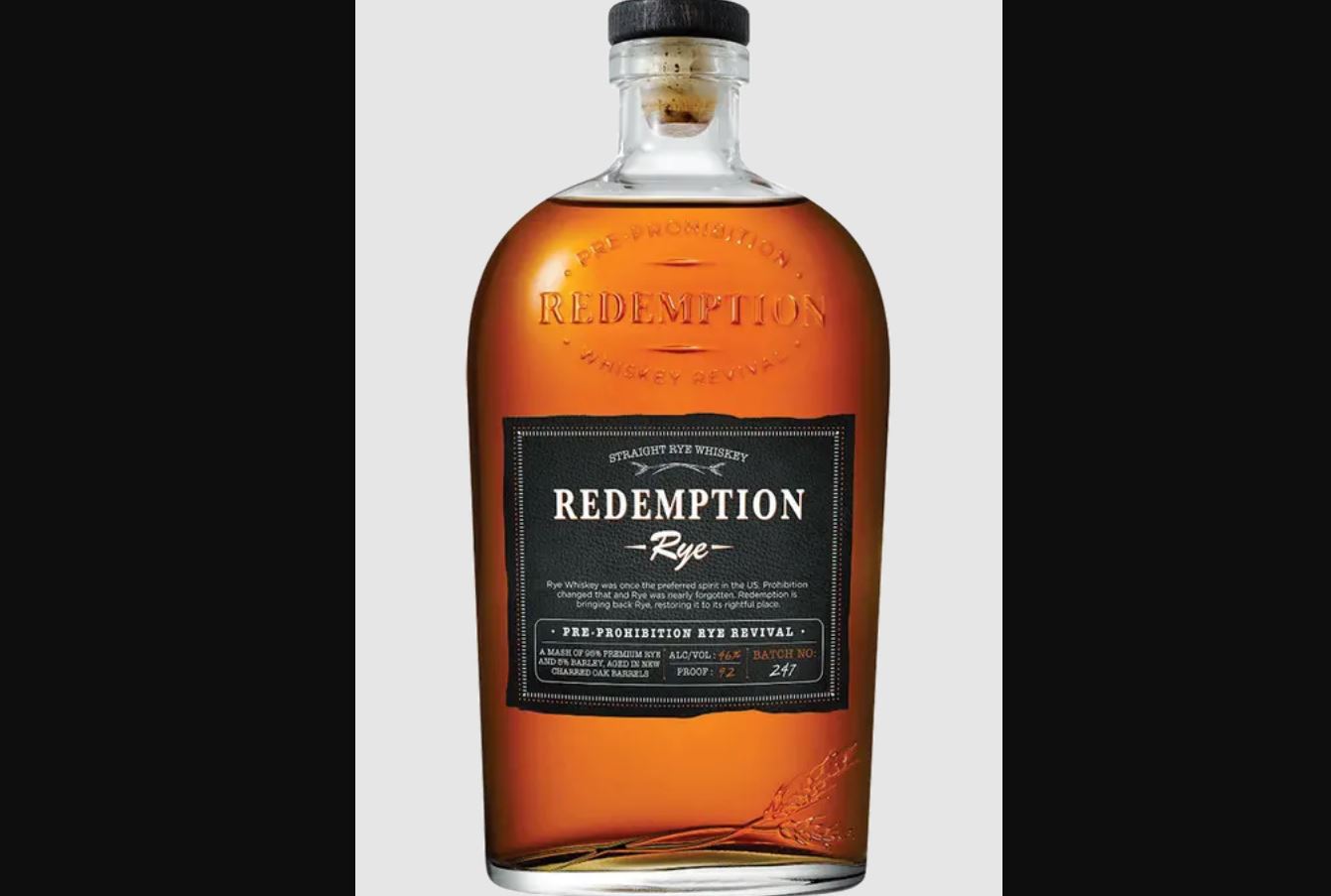
ABV: 46%
Average Price: $30
The Story:
Redemption Rye is a big name in the American rye world. For one thing, it’s surprisingly cheap at around $30 for a 750ml bottle. Secondly, while all you need in the mash bill to be considered a rye whiskey is 51% rye, Redemption carries a ridiculous 95% rye. It’s aged for over two years in new, charred oak barrels.
Tasting Notes:
On the nose, you’ll find herbal notes and a heavy dose of peppery rye’s pungent punch. The palate is swirling with orange zest, buttery caramel, toasted vanilla beans, and cracked black pepper. The finish is long, filled with heat, and ends with a nice dose of spice.
Bottom Line:
When it comes to bold, mixing rye whiskeys, it’s really tough to beat Redemption. The heavy rye spice works well in a classic old fashioned.
Wild Turkey 101
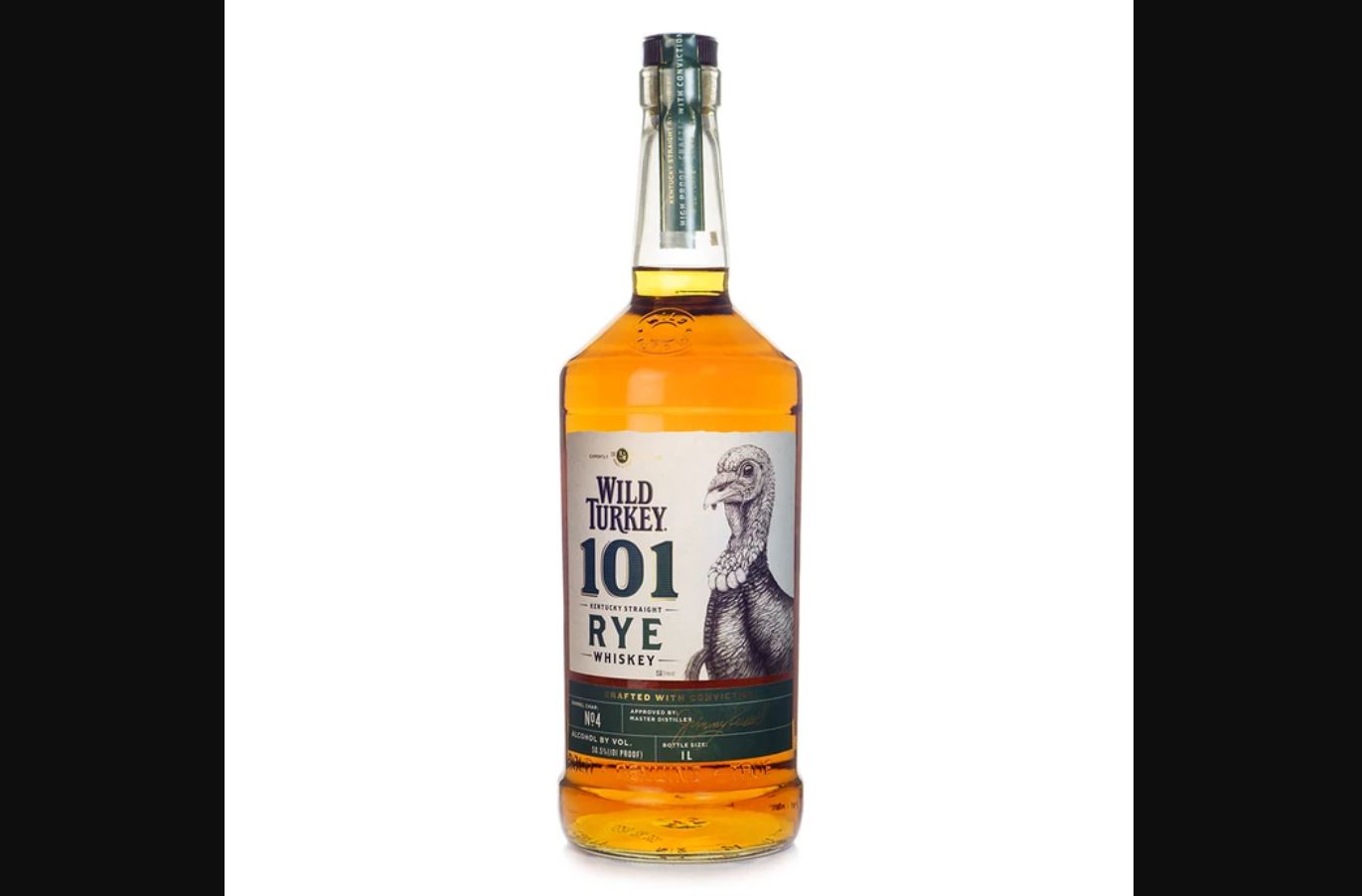
ABV: 50.5%
Average Price: $25
The Story:
This award-winning rye whiskey is a staple for bartenders and spicy whiskey fans alike. Like its bourbon counterpart (and its name suggests), it’s 101-proof, bold, robust, surprisingly complex (51% rye, 317% corn, and 12% barley), and highly mixable.
Tasting Notes:
Take a moment to breathe in the aromas of mint leaves, clover honey, and gentle, smoky pepper. On the sip, you’ll find notes of buttery caramel, sweet brown sugar, charred oak, and subtle maple syrup. It ends with a dry finish of cinnamon, pepper, and cream.
Bottom Line:
While you can sip this 101-proof rye whiskey, it shines when it’s mixed into spicy whiskey sour. The spicy, peppery rye and the sweet and sour ingredients play off each other perfectly.
George Dickel Rye
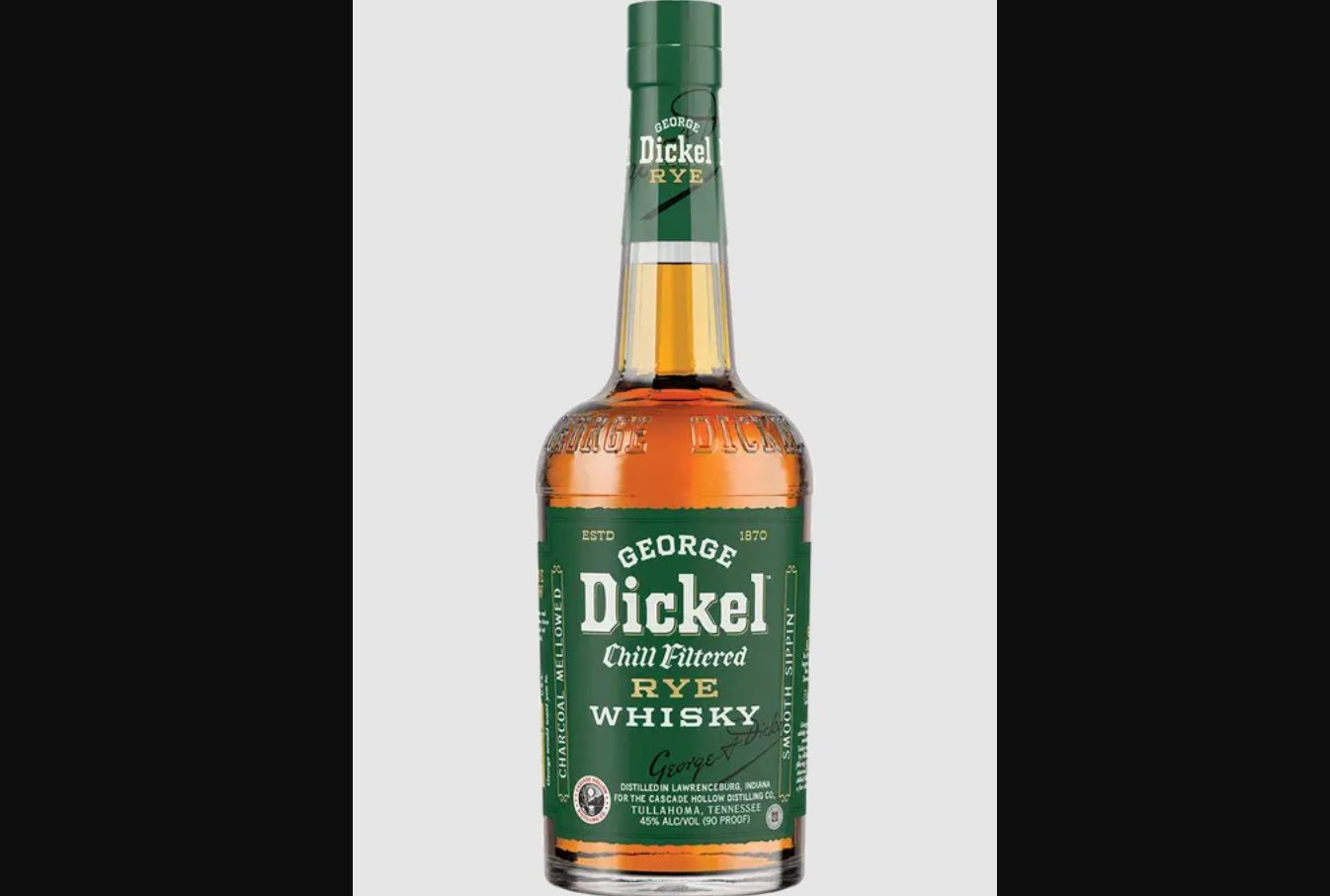
ABV: 45%
Average Price: $25
The Story:
Like Redemption, George Dickel Rye is all about the rye. This sugar-maple charcoal-mellowed (as is the style in Tennessee) rye is distilled in Lawrenceburg, Indiana at MGP and made from a 95% rye and 5% barley mash bill. It’s aged for 5 years in virgin, charred American oak casks.
Tasting Notes:
The nose is filled with scents of peppery spice, mint leaves, and raisins. On the palate, you’ll be greeted with buttercream, caramelized sugar, sweet honey, and an underlying backbone of cracked black pepper. The finish is subtly herbal and ends with a nice combination of sweet and heat.
Bottom Line:
If you’re going to mix with this potent, high-rye whiskey, you’re going to want to guarantee that it doesn’t get lost in the shuffle. It sparkles most in a drink like the Manhattan with the simple addition of vermouth and bitters.
High West Double Rye
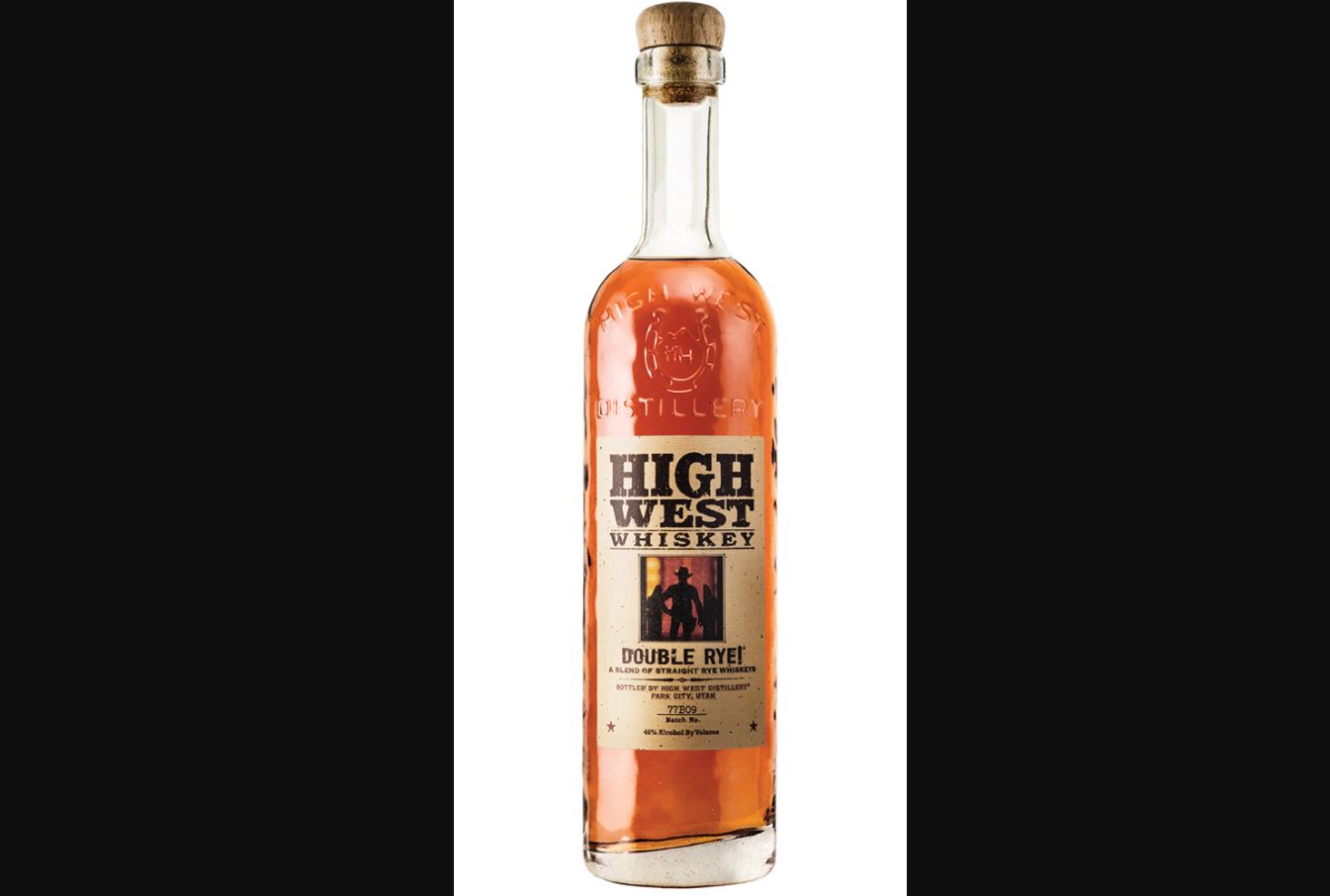
ABV: 46%
Average Price: $35
The Story:
High West is well-known for its ability to source high-quality whiskeys and blend with them to create something unique and memorable. The brand’s Double Rye is so named because it’s a blend of two straight whiskeys, both aged between 2 and 7 years. The first is a 95% rye/ 5% barley whiskey from Indiana’s MGP and the other is an 80% rye/ 20% barley whiskey distilled at High West.
Tasting Notes:
Before you sip, breathe in the aromas of anise, spicy cinnamon, candied pecans, and a nice kick of smoky pepper. The palate swirls with clover honey, buttery caramel, sweet treacle, and underlying peppery spice. The finish is medium in length, warming, and ends with a nice combination of spicy cinnamon and butterscotch.
Bottom Line:
Two different ryes mean that this whiskey is even more mixable than most. It’s so filled with rye flavor that it stands up to pretty much any cocktail you enjoy. It’s one of the most adaptable on this list.
Old Forester Straight Rye
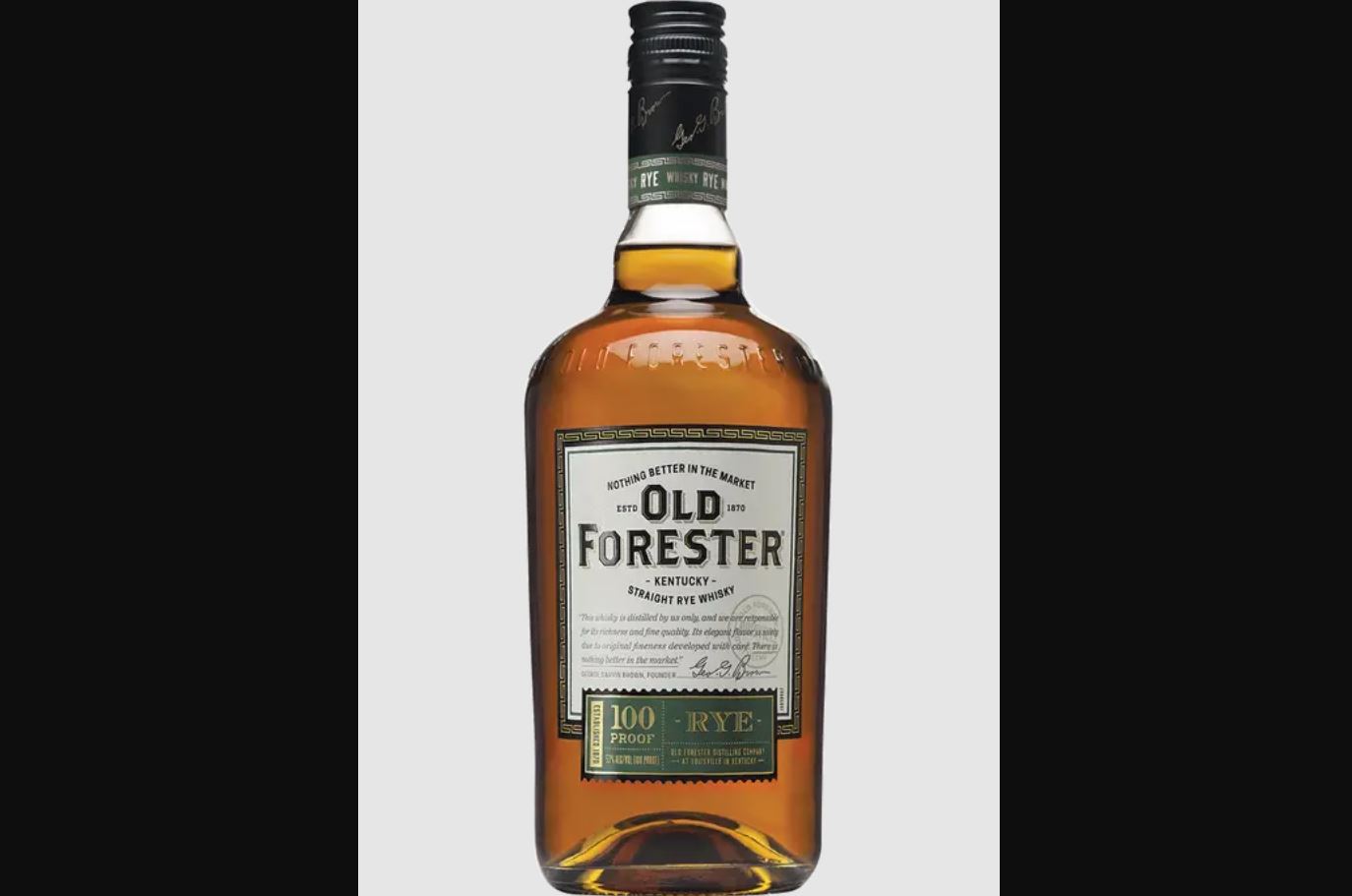
ABV: 50%
Average Price: $25
The Story:
Using a recipe from 1940, Old Forester makes its 100-proof straight rye whiskey with a mash bill of 65% rye, 20% barley, and 15% corn. The result is a bold, yet still balanced whiskey that appeals to bourbon and rye drinkers alike.
Tasting Notes:
On the nose, you’ll find scents of orange zest, cinnamon sugar, sweet dream, and subtle spice. On the palate, expect bright cinnamon, caramel corn, buttery vanilla, and a peppery backbone. It all ends with a dry, subtly nutty, peppery finish.
Bottom Line:
If you’re a bourbon fan and you’re trying to get into rye whiskey, Old Forester Straight Rye is the whiskey for you. Mix it into drinks you formerly used bourbon in and enjoy the added peppery spice.
Bulleit Rye
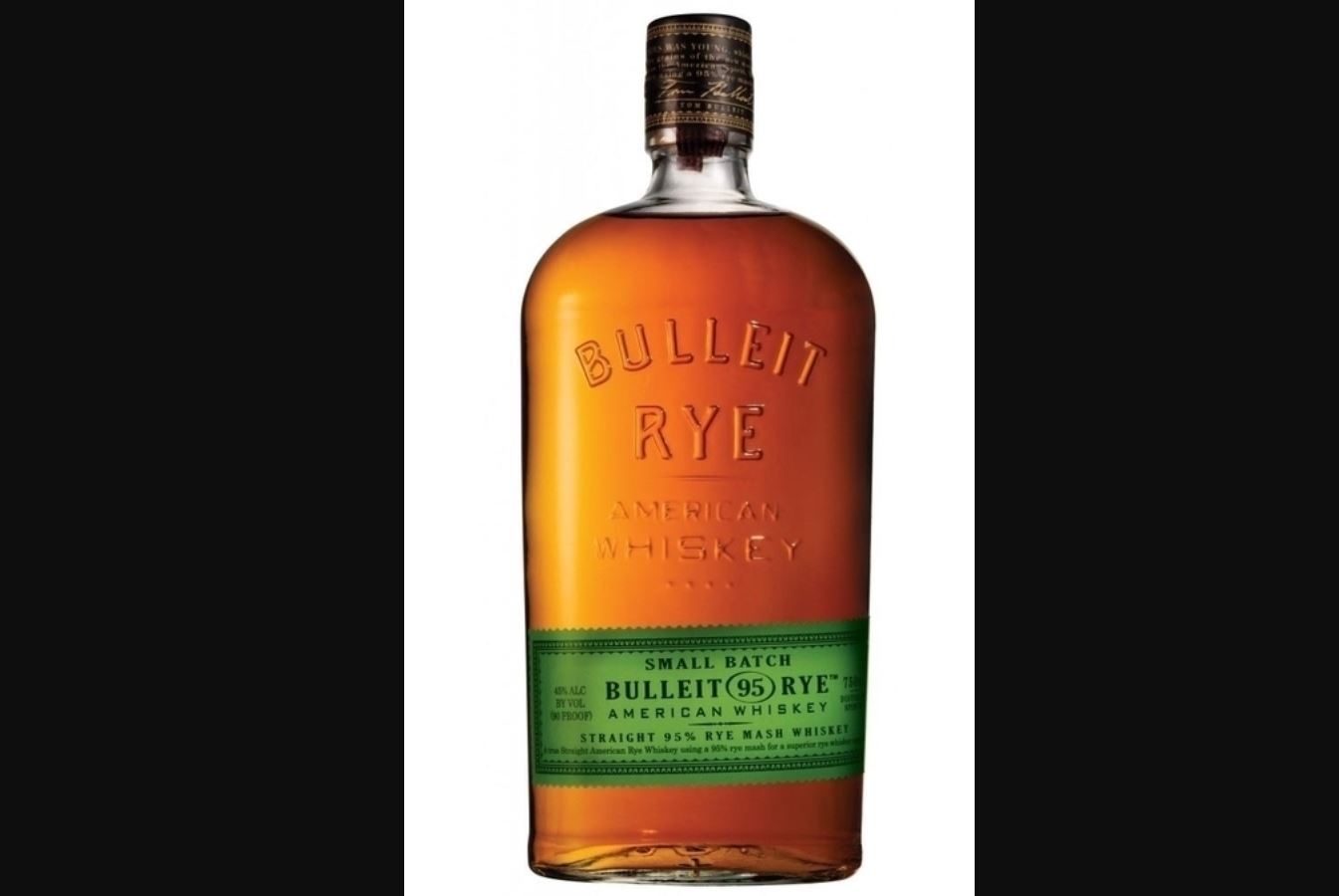
ABV: 45%
Average Price: $30
The Story:
First released in 2011, this award-winning rye whiskey is made up of a mash bill of 95% rye and 5% malted barley. Produced in small batches, it carries no age statement. But, since it’s labeled “straight” rye, we can assume it’s at least two years and likely longer.
Tasting Notes:
Give this whiskey a proper nosing and your nostrils will fill with scents of raisins, toasted vanilla beans, brown sugar, and pipe tobacco. The palate swirls with caramel apples, citrus zest, charred oak, and a healthy dose of peppery rye. The finish is filled with the warm heat of cinnamon and those spicy, peppery rye notes that we love.
Bottom Line:
Another crazy high-rye whiskey, Bulleit’s expression is well-suited for mixing into drinks like the iconic Vieux Carre. The peppery rye plays well with the Cognac, sweet vermouth, and Benedictine.
Sazerac Rye
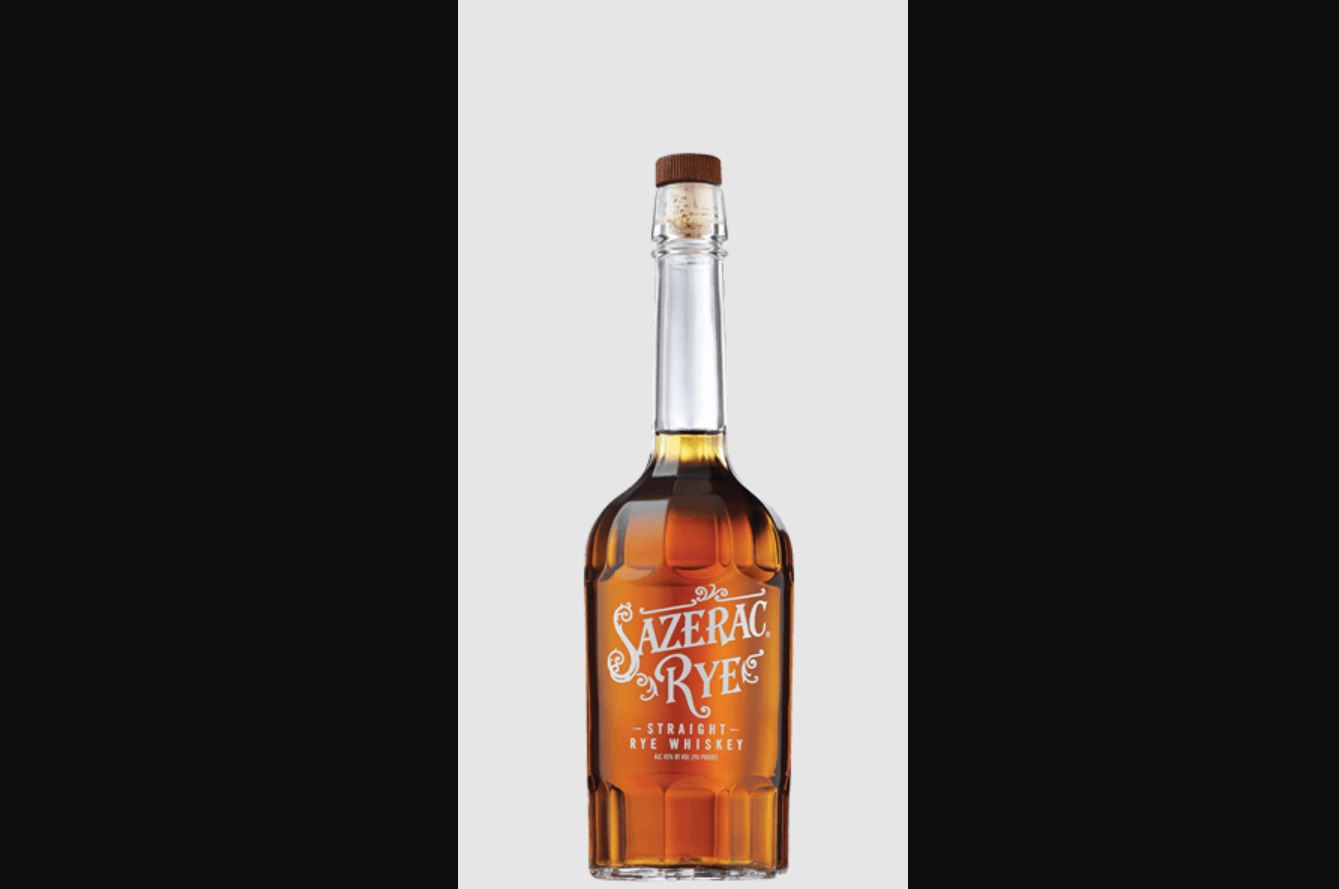
ABV: 45%
Average Price: $35
The Story:
Dating back to the 1800s, Sazerac Rye is still made today to pay tribute to the Sazerac Coffee House, which was located in New Orleans and sold toddies made with rye and bitters. Buffalo Trace doesn’t disclose the mash bill, but once you take a sip (or mix with it) you won’t really care much anyway.
Why? Because this is an underrated, high-value whiskey.
Tasting Notes:
Breathe in the aromas of dried cherries, cinnamon sugar, vanilla, and cracked black pepper before taking your first sip. On the palate, you’ll find notes of licorice candy, buttery caramel, citrus zest, and more peppery rye spice. The finish is long, warm, dry, and ends with a nice mix of butterscotch candy and white pepper.
Bottom Line:
Like many of the whiskeys on this list, you’ll be completely happy if you sip on this whiskey neat. But it mixes really well into a refreshing highball with soda water or seltzer. Or… y’know… a sazerac.
Jim Beam Rye
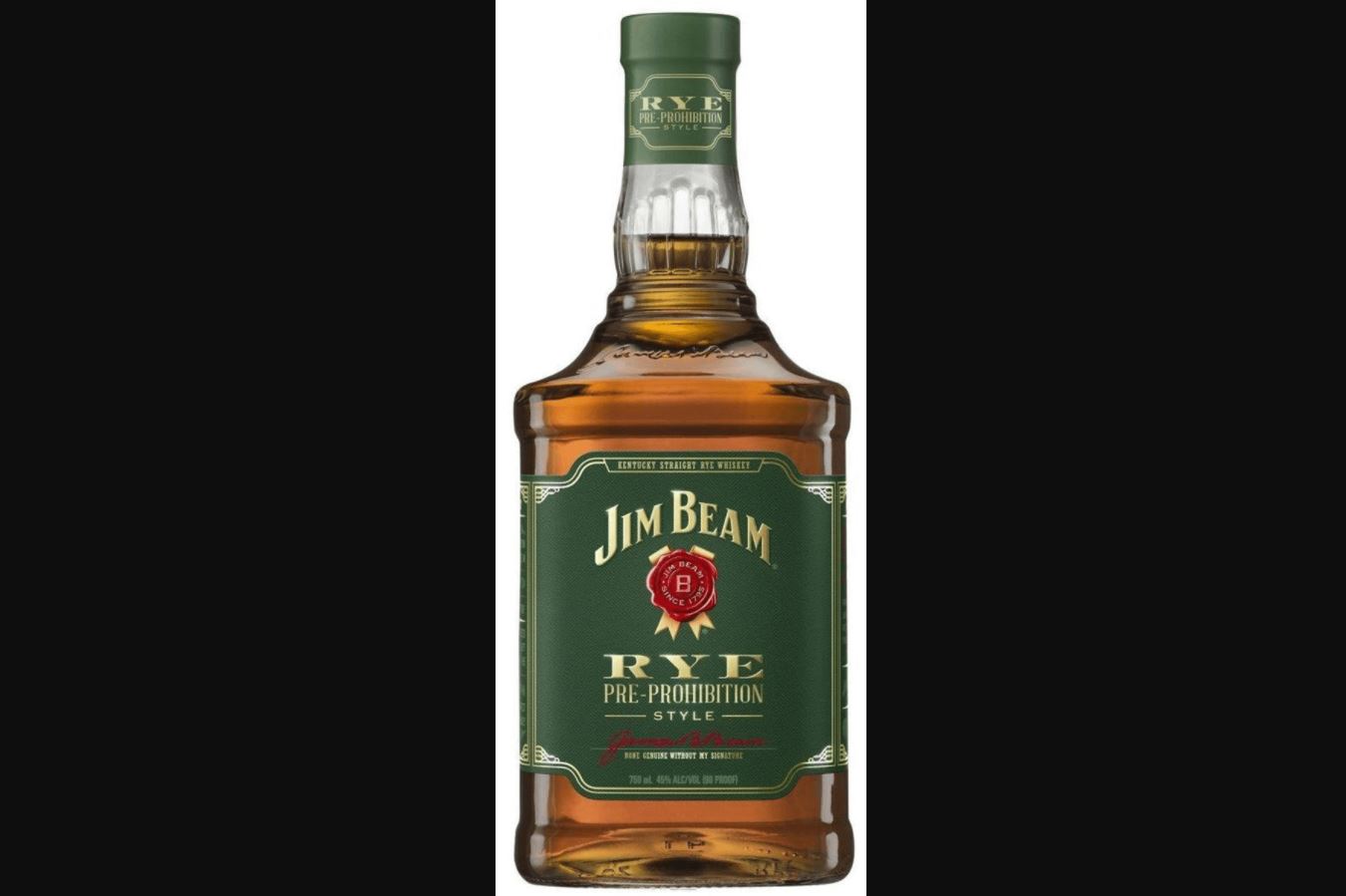
ABV: 40%
Average Price: $20
The Story:
People rarely think of anything besides bourbon when they imagine a bottle of Jim Beam. If you’ve already stocked up on the classic white label Jim Beam for your mixing pleasure, grab a bottle of the brand’s rye next time around. This “Pre-Prohibition Style” rye doesn’t carry an age statement, but it’s known for its spicy, highly mixable flavor notes.
Tasting Notes:
Nosing this whiskey will reveal a world of baking spices, dried cherries, creamy vanilla, and spicy pepper. Sip this whiskey and you’ll be greeted with notes of charred oak, buttery caramel, molasses, sugar cookies, and a solid amount of peppery heat. It ends similarly with a warming pairing of pepper and dried fruits.
Bottom Line:
This rye whiskey is cheap for a reason. It’s meant to be used as a mixer. It’s bold enough to be the base of a classic old fashioned but flavorful enough to be mixed simply with soda water.
Rittenhouse Rye
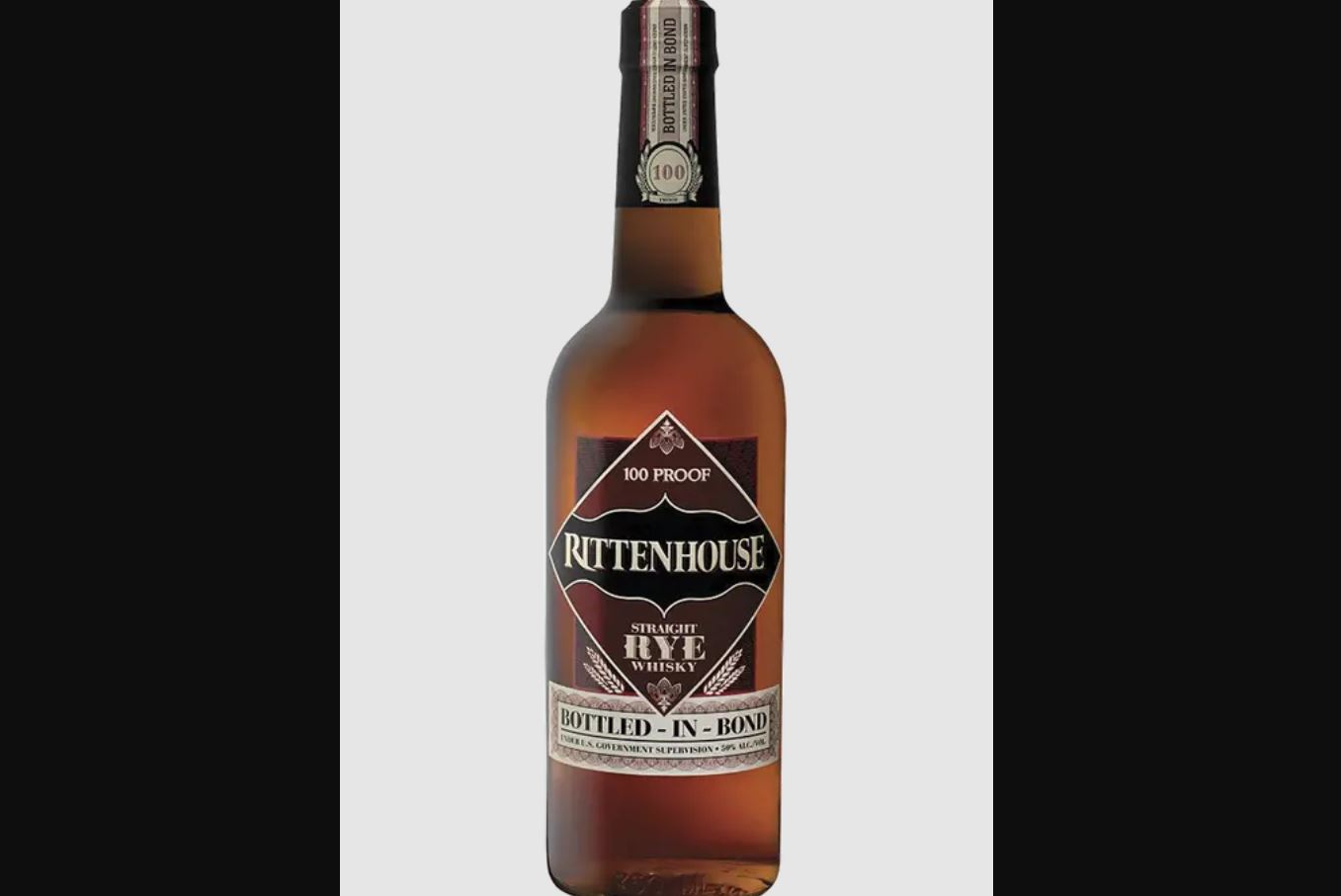
ABV: 50%
Average Price: $27
The Story:
Named for Philadelphia’s iconic Rittenhouse Square, this 100-proof, award-winning whiskey is fairly low in the rye department. It’s made with 51% rye, 37% corn, and 12% malted barley. It’s aged for four years in new, charred American oak casks.
Tasting Notes:
The nose is filled with aromas of caramelized oak, vanilla beans, caramel corn, and just a wisp of spice. The palate swirls with a cacophony of cinnamon, toffee, cloves, dried cherries, and just a hint of peppery smoke. The finish is nice and long, dry, warm, and ends with a mix of black pepper and sweet, dried fruits.
Bottom Line:
This low-rye whiskey is great for drinks that you’d usually use other whiskeys for. We suggest ramping up your mint julep this spring by using this is a base instead of your typical bourbon.
Old Overholt
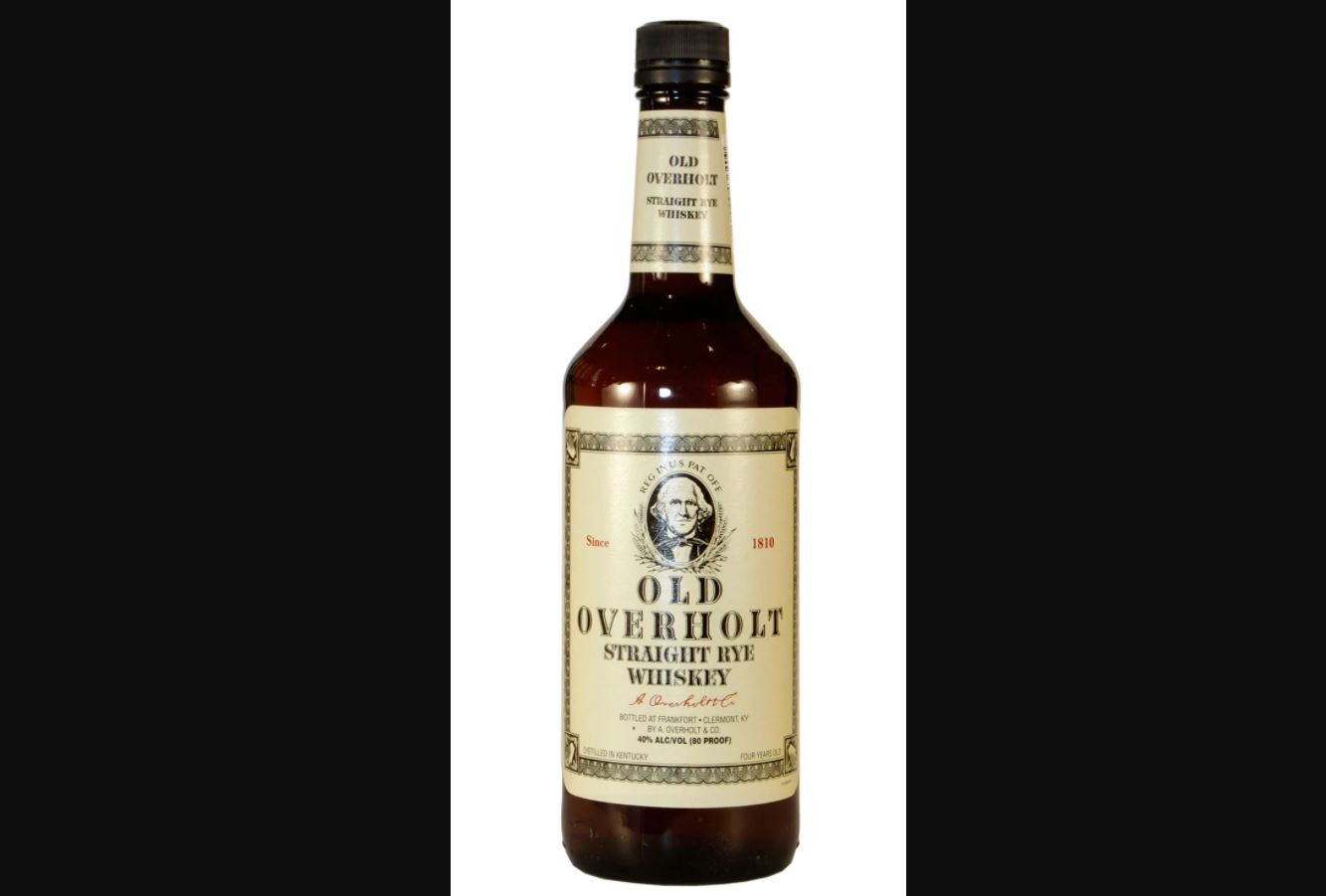
ABV: 40%
Average Price: $18
The Story:
Believed to be the oldest continually produced brand of whiskey in America, Old Overholt was founded back in 1810. While the mash bill isn’t revealed, it’s aged for three years in new, charred American oak casks.
Tasting Notes:
On the nose, you’ll find sugar cookies, orange zest, sweet cinnamon, and spicy black pepper. On the palate, you’ll find pipe tobacco, buttery caramel, cloves, toasted vanilla, and more cracked black pepper. It all ends with a nice added kick of peppery heat and a sweet kiss of butterscotch.
Bottom Line:
You’re not going to want to drink Old Overholt on its own. This is a mixing whiskey, plain and simple. It works well in sazeracs and boulevardiers.







